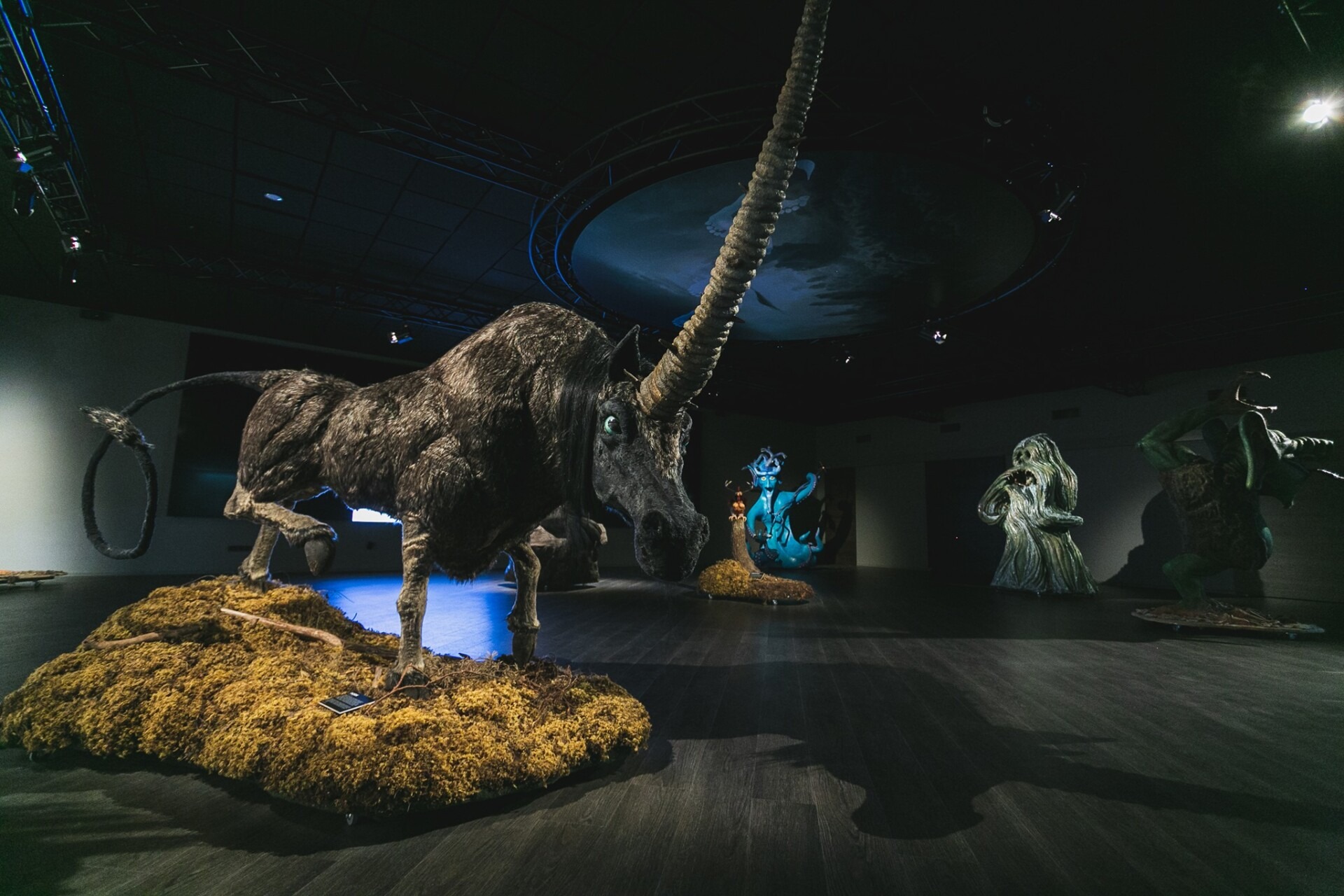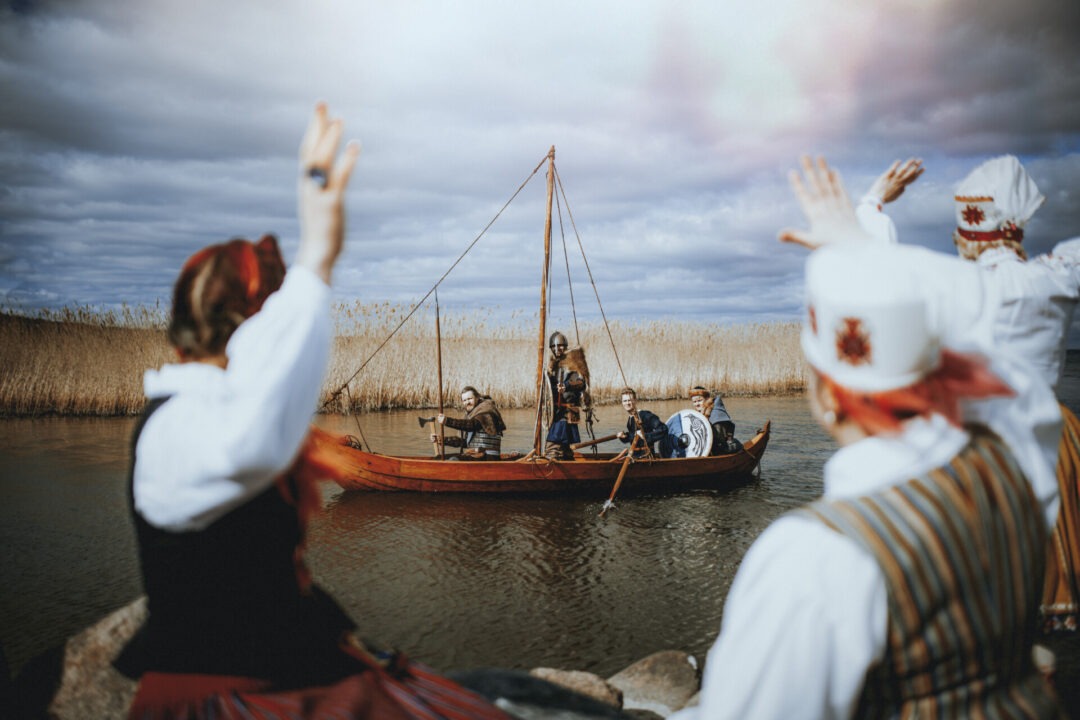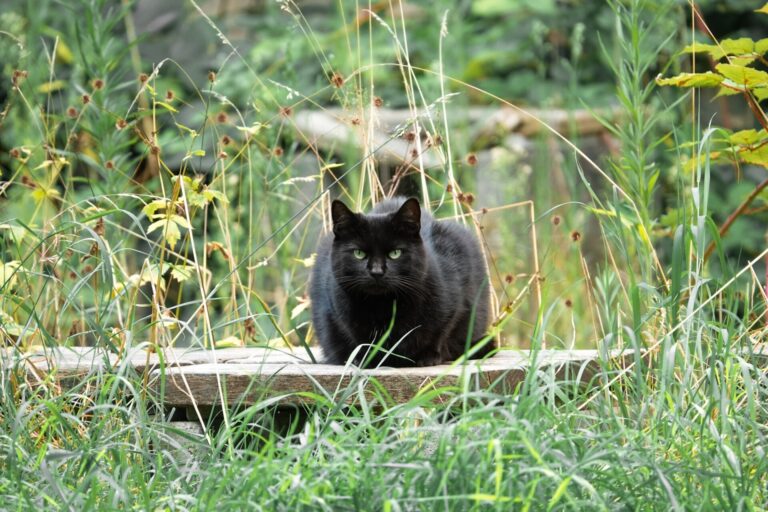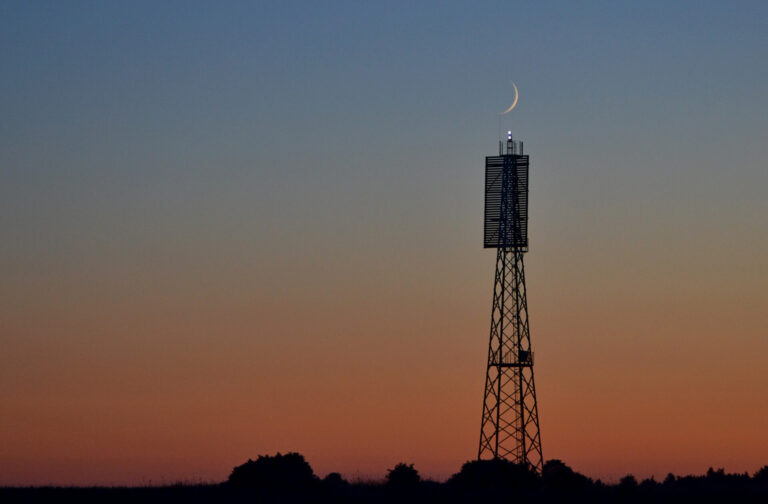Saaremaa is a unique place and things are a little different on this side of the sea. It should not be overlooked that Saaremaa is the largest island in Estonia and, in fact, the largest in the Baltics. It enjoys the most sunny days of the year and has its own dialect – the sounds of ‘ö’ and ‘õ’ are strikingly similar. It is a place where traces of Vikings remain, where the edge of the world lies and where an explorer was born. Discover more about who and what we are talking about!
Fabian Gottlieb von Bellingshausen
Fabian Gottlieb von Bellingshausen led the expedition that discovered the continent of Antarctica. Bellingshausen was born on 20 September 1778 in the village of Lahetaguse on Saaremaa. At the age of ten, he joined the Naval Cadet Corps in Kronstadt. Between 1803 and 1806, Fabian Gottlieb von Bellingshausen participated in the first Russian circumnavigation of the globe, led by Estonia-born Admiral Adam Johann von Krusenstern. From 1819 to 1821, Bellingshausen led the expedition to Antarctica, and reportedly, it was Krusenstern who recommended Bellingshausen to lead this expedition.
In July 2019, Estonians embarked on another expedition to Antarctica, following in the footsteps of Bellingshausen to mark the anniversary of the discovery of Antarctica.

Ultima Thule
Saaremaa is the mythical island on the edge of the world, first described by the Greek explorer Pytheas in the 4th century BC. He sailed across the seas in search of the farthest point on Earth, and when he found it, he named it Ultima Thule. The people of Saaremaa believe that Saaremaa is the place that the Greek explorer called the edge of the world. Estonian President Lennart Meri also suggested in his work Hõbevalge that Saaremaa is Ultima Thule. Today, you can explore the mysterious story of Ultima Thule at the alternative history centreThule Koda, located at the city centre of Kuressaare.
Vikings and Salme
The remains of two pre-Viking Age ships were discovered during excavations in Salme, Saaremaa, in 2008 and 2010. These ships were likely clinker-built and both were used for ship burials. Archaeologists believe the ships date back to around 700–750 AD. These ship burials bring the beginning of the Viking Age from England to Saaremaa, pushing it back by 50 years. In total, the remains of 40 soldiers were found, buried with weapons and other artefacts. One of the ships measured 11.5 metres long and 2 metres wide, while the other was 17 metres long and 3 metres wide. Today, the sites where both ships were found are clearly marked in Salme. The people of Saaremaa are Viking people!

Suur Tõll and Piret
Suur Tõll and Piret are mythical heroes who lived in the village of Tõlluste on Saaremaa. Tõll was known among the people as the ruler of Saaremaa. His brother, Leiger, lived on Hiiumaa. When Tõll visited Leiger, he did not need a boat – he could simply take a few steps across the sea and be there. Suur Tõll’s cabbage patch was located on Ruhnu. When Piret put the pot on the fire, Tõll would cross the sea to fetch the cabbages. By the time the water boiled, Tõll had already returned with the fresh cabbages.
The people of Saaremaa love their heroes: the ferries that run between the mainland and Muhu are named after these legendary figures; a bronze statue of Tõll and Piret, created by the sculptor Tauno Kangro, stands proudly near the Meri Hotel; a holiday village in Upa, just outside Kuressaare, is also named after them. There are several other places in Saaremaa tied to the legends of Tõll and Piret. One such place is Piretikivi (Piret’s Stone), a large boulder located along the Kuressaare-Laimjala road. According to the legend, Piret was gathering stones to build a sauna, carrying them in her apron. However, when the apron strings suddenly broke, a stone fell on her toe. As a result, Piret began to cry and a bog formed from her tears, which is now known as Naistesoo (Women’s Bog).


